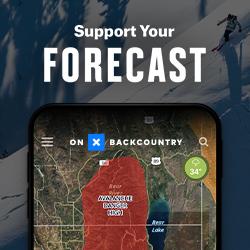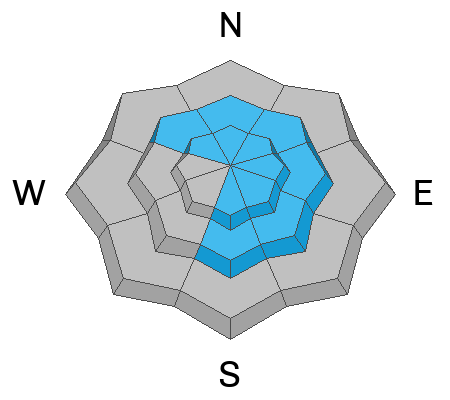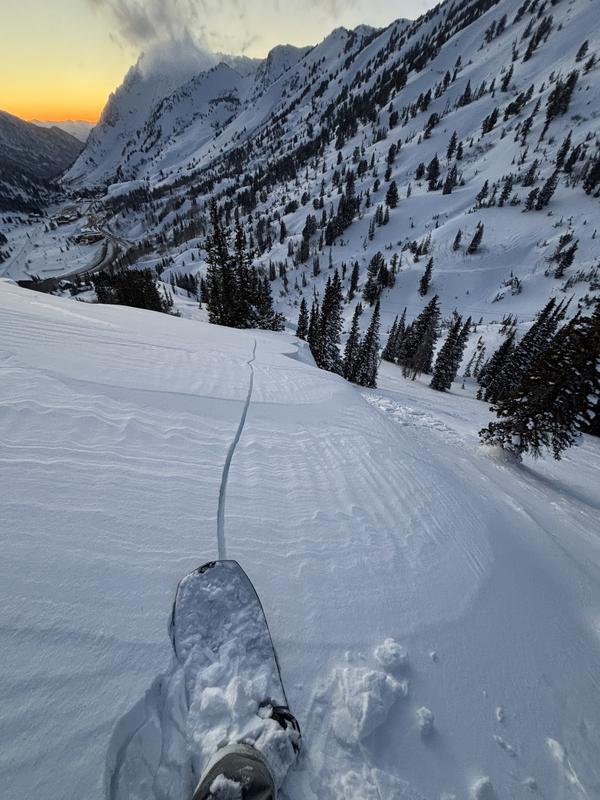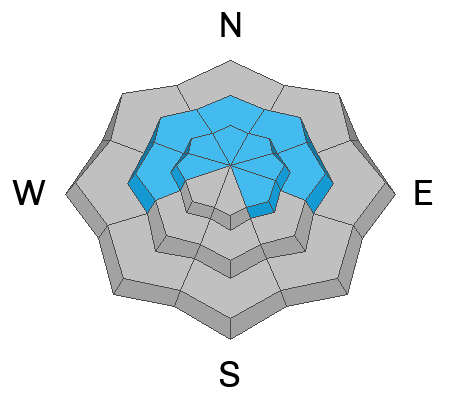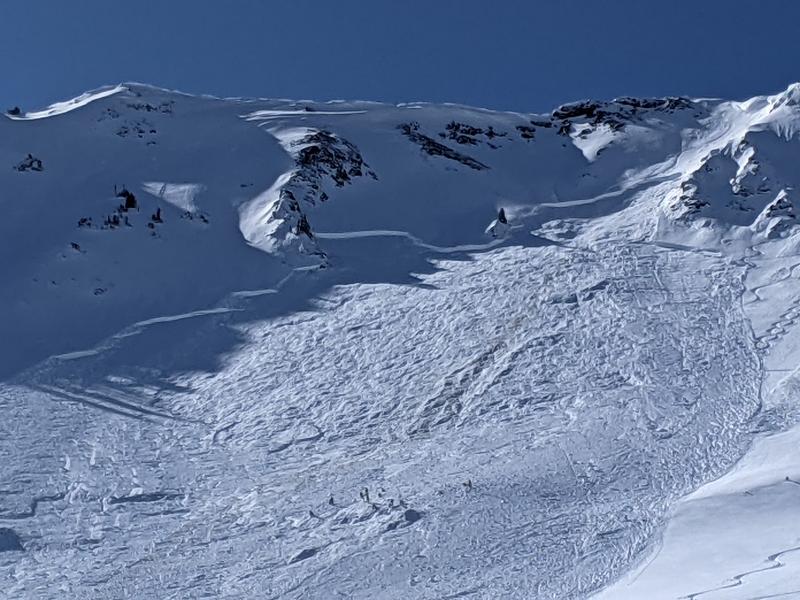Forecast for the Salt Lake Area Mountains

Issued by Drew Hardesty on
Thursday morning, February 13, 2025
Thursday morning, February 13, 2025
This morning, we have a MODERATE avalanche danger on many steep slopes for triggering existing and developing soft and hard slabs of wind drifted snow. These drifts will be most pronounced on northwest to north to southeast facing slopes of the mid and upper elevations. In localized west to north to easterly facing terrain, these may also step down into older faceted snow near the ground.
HEADS UP! The danger may reach CONSIDERABLE in some areas by the afternoon and likely HIGH danger overnight.
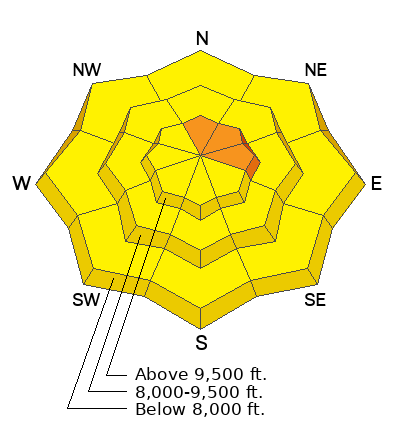
Low
Moderate
Considerable
High
Extreme
Learn how to read the forecast here



